QuestionRecently i've noticed that after urinating, my pot bellied pig seems to have a chalky white residue from her vagina down to her legs. Her thirst has also increased dramatically recently. Have you any idea what could be causing these problems or if they are related.
AnswerThe short answer is, they may or may not be related, but the white residue is a sign of infection, and she needs to see a veterinarian. And, a batch of bad food can cause excessive thirst.
Now the long answer.
The body openings for the reproductive system, urinary system, and digestive system are all located fairly close together under the tail. That tail can easily smear something from one opening into or around the others, so on females it isn't always easy to identify the source of a body emission without close examination, witnessing the emission, or a veterinarian's trained eye.
Older, unspayed females often develop severe infections or huge uterine tumors. Some of these tumors are 40+ lbs!! People used to think it was too dangerous to spay an older female pig. Now we know that age alone is not a risk factor and spaying at any age is the best way to prevent fatal uterine tumors.
Pot-bellied pigs often don't drink enough water. But a sudden increase in thirst is not necessarily a good thing. It could be caused by a change in temperature or the environment. Or a new dish, or even the water itself, it might taste better to her.
A bad batch of food can cause excessive thirst, if the food is moldy or has too much salt. I suggest getting a new bag of food at once, ideally from a different batch than the current bag (try a different brand).
If the food is the cause of the excessive thirst, the thirst will vanish after a meal or two with the new food. Keep the old food in a plastic bin with a tight fitting lid, until the exact cause of the thirst is determined.
If the problem is NOT the food then she can still eat it.
If the problem IS the food, you might need to provide samples when reporting the problem to the retailer and manufacturer to get your money back. Your vet might want samples for examination or to submit to the proper authorities for further investigation. Depending on the situation, you might also want to freeze some food and keep documentation from the bag, etc for a long while.

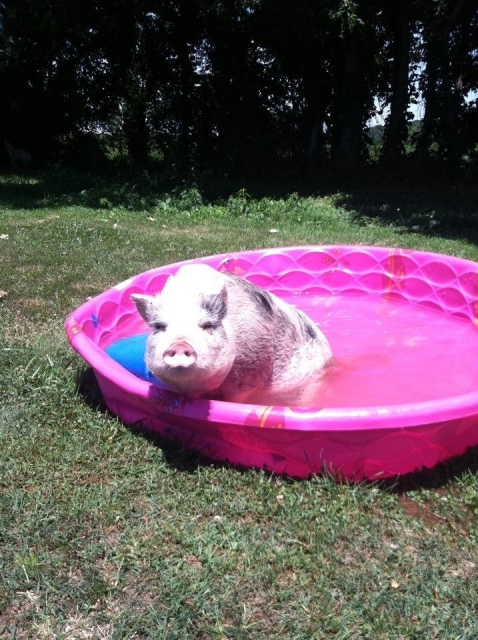 Wilbur: My Pot Belly Pig
Question
Wilbur
I was wanting help understanding
Wilbur: My Pot Belly Pig
Question
Wilbur
I was wanting help understanding
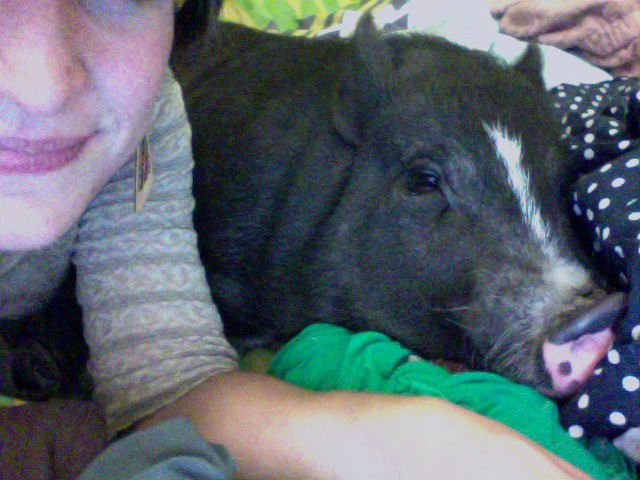 Aggressive behavior - biting
QuestionCuddling
Terk "reading" a book
Aggressive behavior - biting
QuestionCuddling
Terk "reading" a book
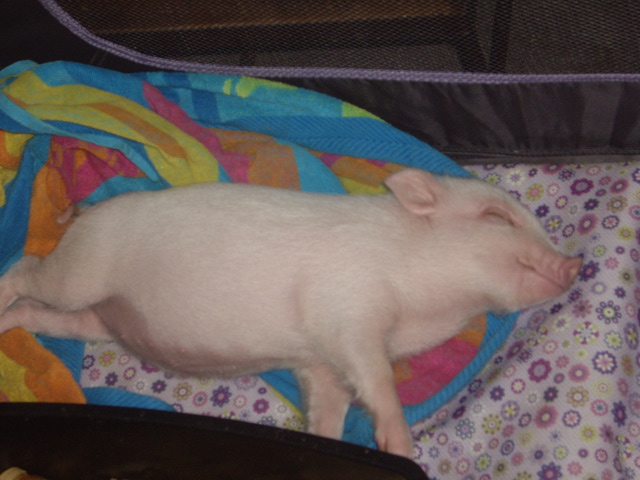 medications
Question
piggy piggy
i keep 3 pot bellies
medications
Question
piggy piggy
i keep 3 pot bellies
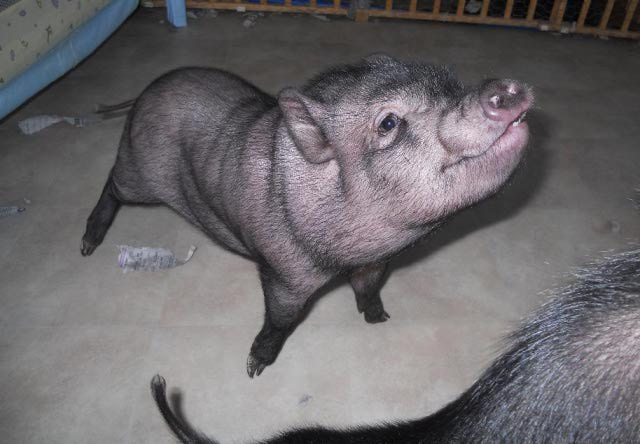 Not quite a potbelly?
Question
Sunny
I recently took in a potbellied p
Not quite a potbelly?
Question
Sunny
I recently took in a potbellied p
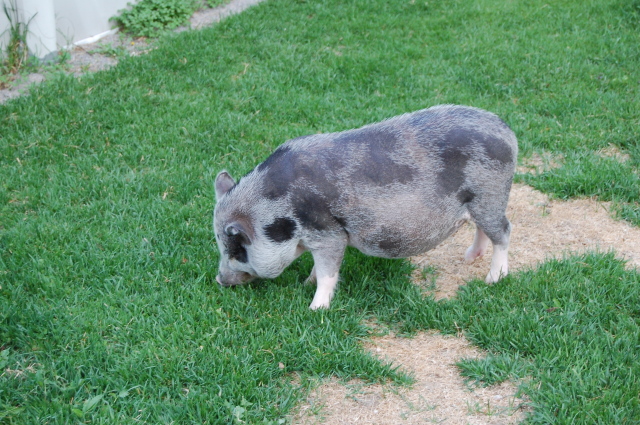 Pot-bellied pig slowing down
Question
Babe
Hi, I have a pot bellied pig who i
Pot-bellied pig slowing down
Question
Babe
Hi, I have a pot bellied pig who i